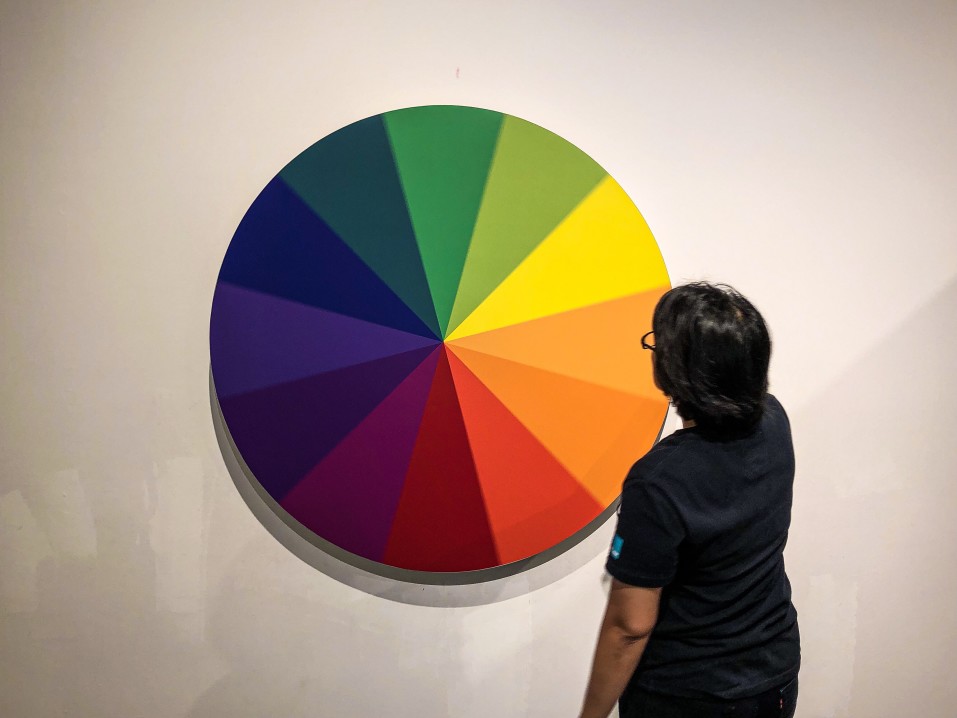Learning Now Leads Technology in L&D, Says Shantanu Bhattacharya, EVP Knowledge Academy, Wadhwani Foundation

Written By: Ungender Blog Team
Shantanu Bhattacharya, is an L&D, HR and OD expert focussing on design/development of AI-driven tech platforms that seek to support MSMEs in developing nations towards a job creation goal. With 22+ years’ experience in learning strategy and implementation, education consulting, people development, educational design, and content development in organizations worldwide, Shantanu has special expertise in eLearning and Learning Management Systems. A speaker at various L&D and learning tech conferences like People Matters, CLO Summit and L&DTech, and has recently been named as one of the Top HR Influencers by ETHRWorld.
In conversation with Ungender Legal Advisory’s CEO and Founder, Pallavi Pareek, Shantanu talks about how L&D will change in the future and what the challenges for blended learning will be, particularly since learning experience audiences are now much more diverse.
What Does Technology And Learning Success Look Like
Pallavi: In the last two decades, how has learning evolved? We see technology’s role evolving at workplace but it doesn’t seem like anyone is using technology standards in a useful way?
Shantanu: I think ultimately technology-related success is dependent on how you use it. Technology is a tool. What really has evolved in the last couple of decades is, I think, the mindset around how technology should be used.
Technology has always kind of run ahead of the learning curve . That is now changing, because, for the first time learning is driving the kind of technology being created. This is a fairly radical sort of shift. Earlier, you had a computer and then learnt. Now we have a learning requirement. The question being asked now is, what can we do with technology to fulfil this particular learning requirement because the requirement is more important than the technology. This is an important sort of change. The reason it is important is that learning is actually driving now driving nnovation.
The moment there is innovation, other organisations feel the need to follow because they don’t want to be left behind and that’s how greater adoption is happening. A black swan event like COVID 19 is going to do more for learning technology and the way people learn, than anything that has happened in the last two decades. My first reaction is excitement, after that one needs to start thinking about the other side also.
Pallavi: We now know that learning around behaviour, knowledge, age, gender and other kinds of diversity have to play alongside technology. Where does diversity stand vis-a-vis technology?
Shantanu: The nature of a “workforce” is changing. Jobs are becoming more fungible, people no longer believe in the steadiness of a job. The demographics of work is also changing, there was a time when it was easy to predict the charecter of a workforce based on the work for e.g. tea-pickers used to be all women, diamond-polishing used to need adolescence between the ages of 18- 20 years. This is no longer true.
When one has a mixed demography of people, the design of teaching changes. Learning has to be designed, case-studies have to be fresh and modern, for example – the fortune at the bottom of the pyramid phenomenon no longer applies because the bottom of the pyramid has changed.
So then, what do you teach? How do you teach it ? What is the basic difference between an MDP and LDP? It is behaviour management techniques in one and it is leadership techniques in the other. The difference is behavioural in nature. The ‘design of learning’ is vitally important. You might have the best content in the world, you might have the best intentions in the world, you might be the best teacher in the world. But the only way all of these are going to come together into an effective, measurable goal at the end, is if you design it very well, which is why I think instructional design is the superset and everything else is a subset of it; technology is also a subset.
One has to think: These are the technology options. So this is how I will teach and because these are the options, I will follow this mode or I’ll follow this theory and I’ll start with this and and only if they can all mesh together in a sort of coherent whole will the learning really be effective and efficient.



Challenges With L&D Efforts On Benaviour Versus Skills
Pallavi: What are our good learning tactics when we think about organisations and individuals, keeping in mind that we are talking about inclusive teams? Is it more challenging to design learning with behaviour included?
A: From a learning-design perspective, it is much easier to use technology to teach knowledge and skills. It is a major challenge to teach behaviour. Take the example of ‘artificial intelligence’ and machine learning or ‘deep learning’ – whatever you call it. Why is teaching behaviour in an online format so difficult? There is one basic difference between instructor-led format and a classroom format, the difference is instant, customised feedback and behaviourally that is effective.
How much inclusion have MOOCs like Udemy or Khan Academy achieved. Has there been any kind of targetting for inclusion? Woman, man? Transgender, homosexual? Anybody? It doesn’t matter. It is available to kids too. It’s just available to everybody. Availability is also important.



Pallavi: The focus of a e-learning company usally is ‘something should be done to keep people engaged’, a secondary concern is the learner – teachers don’t seem to be a focus. Do you see companies taking a step back and saying, online teaching is a very new environment right now. Wait and watch?
Shantanu: In learning companies, information on whether courses or teaching is effective is not made available. Even if feedback rubrics are included, questions relate to customer satisfaction but that is not the same thing as measuring learning. People can be satisfied with a training programme, for instance, because they loved the facility where they stayed, learning from the training isn’t mandatory.
In L&D there is something called the Kirkpatrick Model which is used to measure the effectiveness of learning. Level two is an assesssment, level three measures ROI… nobody gets there. But now, because people are investing in technology, I hope to god somebody does.
In the absence of good and mandatory measurement, good design should be mandatory.
Designing Learning For The Future
Pallavi: We are not just talking about a completely virtual environment or a completely physical environment… most programmes are just executed not actually designed for any environment in particlular, so how should then one look at the ditgital space?
Shantanu: Combining the digital and the physical is a luxury. It assumes that there is a physical space for learning which is available everywhere and to everyone.
When we design learning in the future, there will be businesses to whom this blended learning will not apply. Take the example of Neil Chen, Reliance Retail etc or like Philips, which is selling clinical products. For example, health tech products like X-Ray machines, CT and PT scans, cannot be taught about virtually.
Being a product manager requires in-depth learning, that is learning available to you throughout your career, as a result of answering specific questions such as troubleshooting. This is what is known as learning in the flow of work. This is new because learning is no longer going to be a one-time event. It is going to be a part of your day-to-day life in your job.
Watch the full video on Ungender’s YouTube channel here.
Video Highlights
- 01:44: On The Evolution Of Technology In L&D
- 05:42: On The Changing Nature Of The Workforce
- 10: 42: On Technology Options & How To Teach
- 16: 28: On Teaching Behaviours & Online Learning Challenges
- 28:30: On Measuring Effectiveness of L&D Products
- 34:50: On Blended Learning
Also Read: AQ: The New Mantra For Leadership Success
Ungender Insights is the product of our learning from advisory work at Ungender. Our team specializes in advising workplaces on workplace diversity and inclusion. Write to us at contact@ungender.in to understand how we can partner with your organization to build a more inclusive workplace.
Read our insights about diversity, legal updates and industry knowledge on workplace inclusion at Ungender Insights. Visit our Blog.
Sign up to stay up-to-date with our free e-mail newsletter.
The above insights are a product of our learning from our advisory work at Ungender. Our Team specialises in advising workplaces on gender centric laws.
or email us at contact@ungender.in




